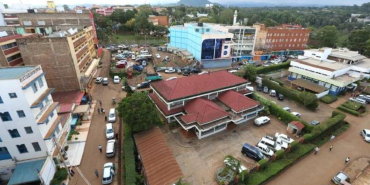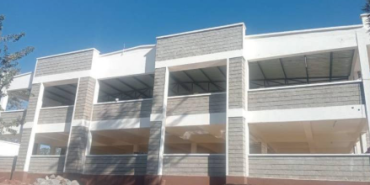Machakos: The Former Capital That Never Became a City

Once considered for Kenya’s capital, Machakos has struggled to regain its early prominence despite repeated government proposals and high-profile development plans that have failed to materialise.
Founded in 1887 by the Imperial British East Africa Company, Machakos was the first inland administrative centre established by the British. Named after the Kamba chief Masaku, the town quickly gained importance due to its location along key trade routes and its access to fertile farmland. For a brief period, it served as the capital of the British Protectorate, supported by road links to Mombasa that aided both commerce and military operations.
Machakos’ rise was cut short at the turn of the 20th century. The construction of the Uganda Railway in the late 1890s bypassed the town, as engineers chose a flatter route with better water supply through what would become Nairobi. In 1905, Nairobi officially replaced Machakos as the capital, setting it on a path to become a major urban centre while Machakos remained a smaller provincial town.
Although its national influence declined, Machakos has reappeared in discussions on decentralisation and efforts to ease congestion in Nairobi. Various administrations have proposed shifting some government functions to other towns, often naming Machakos as a candidate. However, these plans have rarely progressed beyond announcements.
A major effort to transform Machakos came in 2013, when then-Governor Alfred Mutua launched the “Machakos New City” project. The proposed development promised modern infrastructure, green spaces and housing for 200,000 people. Promoted as a model for future urban living, the project has since stalled due to funding issues, political disagreements and unresolved land ownership concerns. While a public park and partial infrastructure were built, the broader vision remains unrealised.
Critics, including former Senator Johnson Muthama, questioned the project’s planning and financial feasibility. Today, Machakos remains known for its cultural and environmental appeal. It is a centre for Kamba music, art and crafts, and features attractions such as the anti-gravity hill and Lukenya Hills. Improved roads have made it more accessible from Nairobi, attracting commuters with its cleaner environment, lower crime and more affordable housing.
Despite this growth, Machakos does not meet the legal requirements for city status under Kenya’s Urban Areas and Cities Act (2011). These include a population of at least 250,000, adequate infrastructure, financial sustainability and a clear land-use plan. The 2019 census recorded fewer than 150,000 residents. County officials, including Deputy Governor Francis Mwangangi, have stated that city status will only be pursued in accordance with the law.
Governor Wavinya Ndeti’s administration has acknowledged the impact of urban pressure but also points to the potential for growth, especially with significant agricultural land still available. A statement on the county’s website notes that Machakos is a small colonial town experiencing expansion, but one with room to grow. Urban planner Dominic Kimeu supports this view, suggesting the town could become a model city with the right policies and political support.








Add new comment